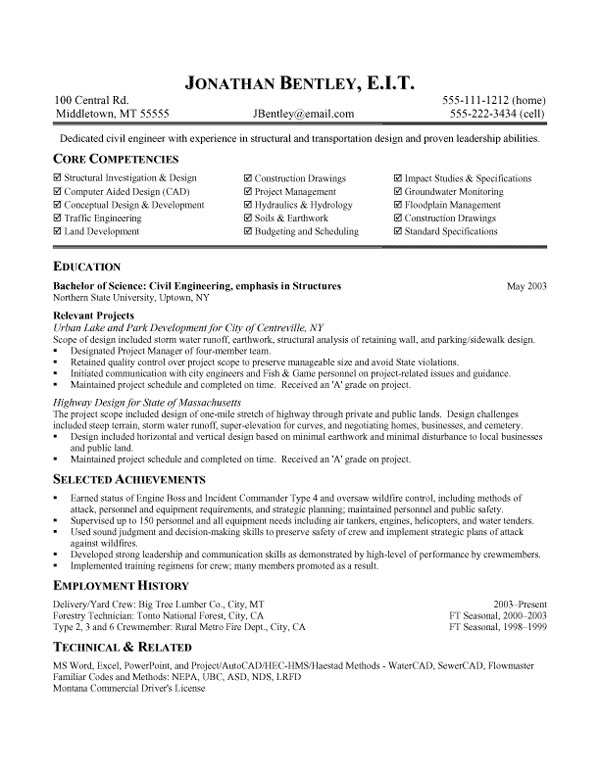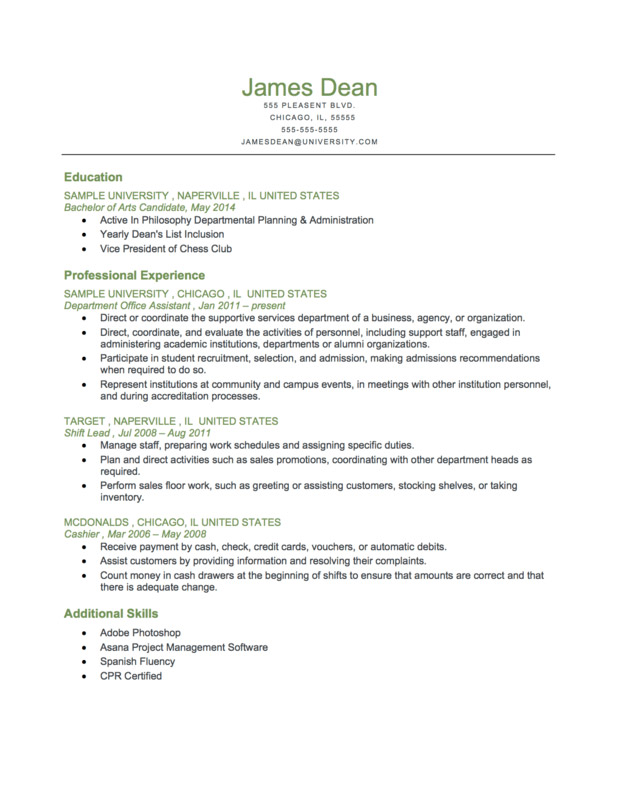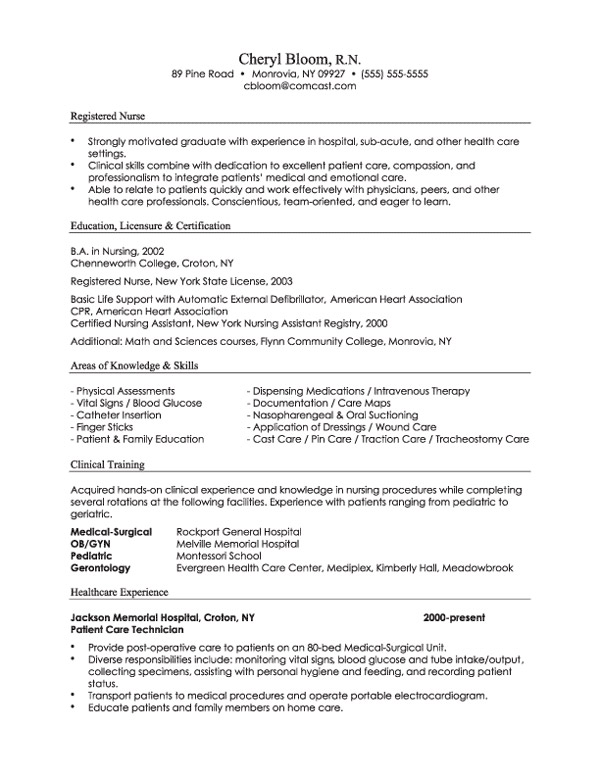Job seekers treat resumés as their main vessel to push through with the job that they are yearning for. As for employers, it is not just about the content of the resume as to whether they will accept the hopeful or not, it also comes down to how their resume was made, how it was created, and in what manner or format it was patterned to. In this article, I am going to give you in-depth information as to how to create a resume format tailor-fit for you.
There actually are three (3) types of resume format examples that are the most common and the most relevant types which are:
- Functional Resume
- Chronological Resume
- Combination Resume
Read: 5 Tricks to magically make you resume more attractive to employers
These three actually are somewhat different in terms of how it was put but they are mostly the same when it comes to why they’re there – to land you the job you are looking for.
Functional Resume
The functional resume format showcases the candidates in terms of the skill, the attitude, and the knowledge relevant to the job that they are applying for. This specific type of resume format ignores when and where the applicant learned or performed the skills he/she acquired.
Read: Functional Resumé format: A deeper look
By using this type of format, the job candidates can achieve three (3) rewarding goals:
- Hide work experience gaps (if they skipped working for a long period of time)
- Provide strong and reliable evidence that they are strong candidates for the job and;
- Help managers and human resources personnel find and locate skills that are required for a particular post.
The structure of a functional resume:
- Contact Information
- Qualifications Summary
- Relevant Skills
- Professional Work Experience
- Education

Chronological Resume
As the name suggests, the chronological resume presents your work experience from the oldest (least relevant) to the newest (most relevant) information. A reverse chronological format however, presents it the other way around.
Read: Reverse Chronological Resumé a deeper look
This format or structure allows you to highlight your experiences in terms of promotions, advancements, and development in your career. Having said that, the chronological and reverse chronological type of structure is beneficial for those who are yearning to boost their career.

The structure of a chronological/reverse chronological resume:
- Contact Information
- Resume Introduction
- Professional Experience
- Oldest to Newest (Reverse Chronological)
- Newest to Oldest (Chronological)
- Education Section
- Additional Skills (Optional)
Combination Resume
If you come and think of it, yes, a combination resume is a combination of the reverse-chronological and functional resume structures. The combination format usually begins with a professional profile or summary qualifications which include skills, abilities, and achievements relevant to the post you are aiming for. This introduction is the functional format.
The introduction part is followed by the reverse chronological format which also talks about education, experience, and additional sections.

The combination format usually is used to:
- Showcase relevant and beneficial skill-set to the company
- To transfer to a different industry
- To offer your skills in a somewhat narrative format
These three really differ depending on how you plan on attacking a specific job post. Study your application, these three types, and master the first phase in landing the job that you really are rooting for.
Read Also: How to write a Good Resume